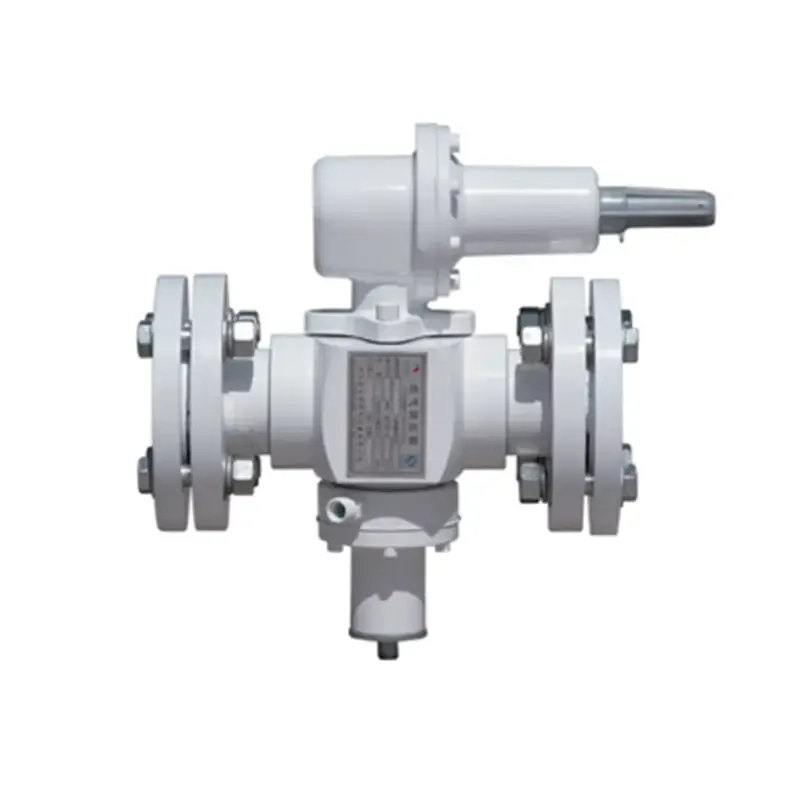
Nov . 18, 2024 05:34
Back to list
Natural Gas Pressure Reduction System Overview and Applications
Understanding Natural Gas Pressure Regulators
Natural gas is a vital energy source that powers homes, industries, and vehicles around the world. However, managing its distribution and usage requires sophisticated technology to ensure safety and efficiency. One crucial component in the management of natural gas is the pressure regulator. This device, often called a natural gas pressure regulator, plays a significant role in regulating the pressure of gas flowing through pipelines, ensuring it is at a safe and usable level.
.
A natural gas pressure regulator operates on a simple principle. It typically consists of a diaphragm and a valve mechanism. When high-pressure gas enters the regulator, it pushes against the diaphragm. As the diaphragm moves, it adjusts the valve to control the flow of gas, effectively reducing the pressure. This process ensures that a consistent and reliable gas pressure is delivered downstream, regardless of variations in upstream pressure.
مخفض ضغط الغاز الطبيعي

The importance of these regulators cannot be overstated. When installed properly, they enhance the safety of gas systems by preventing potential hazards associated with high-pressure gas. Additionally, maintaining a constant pressure allows appliances like stoves, heaters, and water boilers to operate efficiently and optimally.
There are various types of natural gas pressure regulators, each designed for specific applications. For instance, service regulators are commonly used in residential settings, while larger industrial systems may use more robust models capable of handling higher flow rates. Moreover, some advanced regulators come equipped with additional features such as overpressure protection, which can shut off the gas supply if it detects hazardous conditions.
Regular maintenance of pressure regulators is crucial to ensure their proper functioning. Over time, dirt and debris, as well as wear and tear, can affect their performance. Periodic inspections and servicing help to identify potential issues early and prevent accidents. It's advisable for consumers to engage professional services for installation and maintenance to ensure compliance with safety regulations and standards.
In conclusion, natural gas pressure regulators are indispensable components in the safe and efficient distribution of natural gas. Their ability to reduce and control gas pressure protects users and appliances, making natural gas a reliable energy source. As the demand for gas continues to grow worldwide, the role of pressure regulators will only become more critical, emphasizing the need for innovation and adherence to safety protocols in gas management systems.
Latest news
-
Safety Valve Spring-Loaded Design Overpressure ProtectionNewsJul.25,2025
-
Precision Voltage Regulator AC5 Accuracy Grade PerformanceNewsJul.25,2025
-
Natural Gas Pressure Regulating Skid Industrial Pipeline ApplicationsNewsJul.25,2025
-
Natural Gas Filter Stainless Steel Mesh Element DesignNewsJul.25,2025
-
Gas Pressure Regulator Valve Direct-Acting Spring-Loaded DesignNewsJul.25,2025
-
Decompression Equipment Multi-Stage Heat Exchange System DesignNewsJul.25,2025

